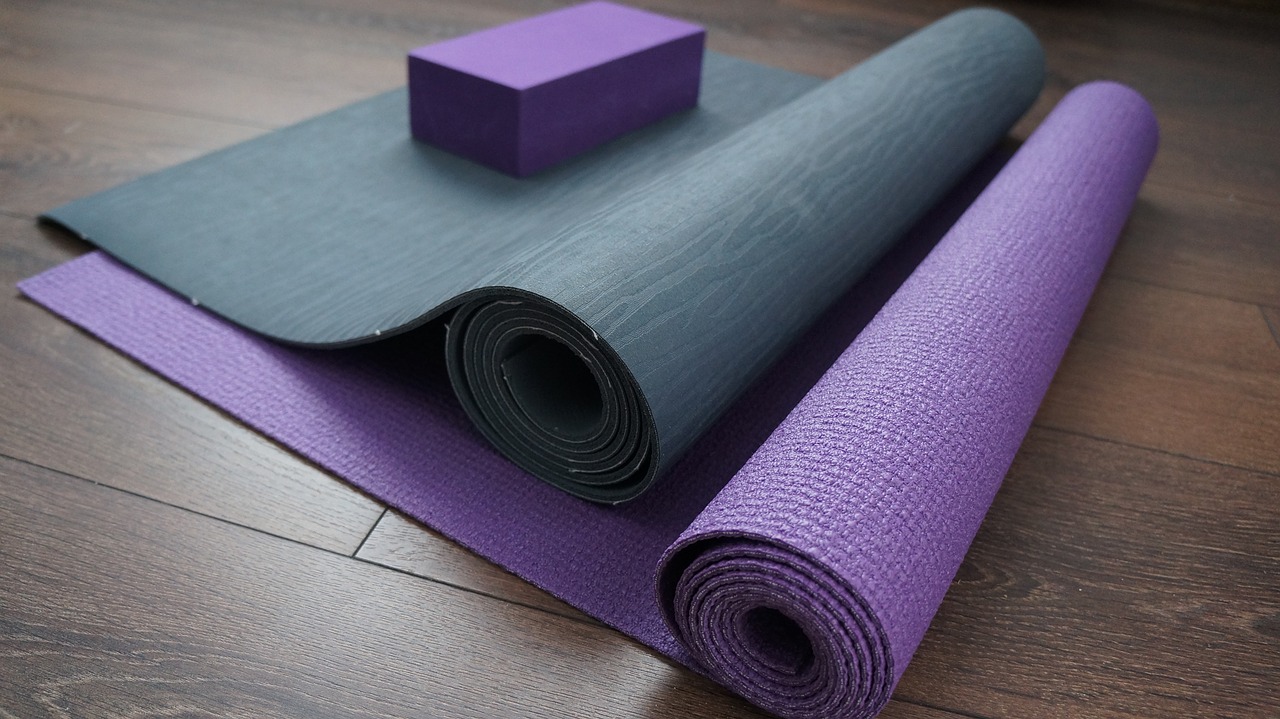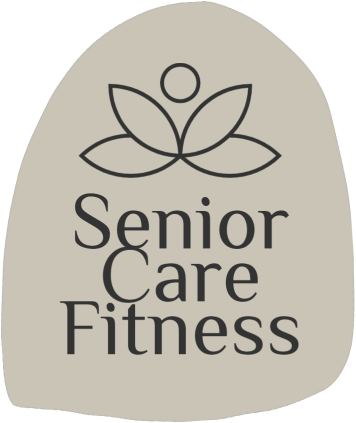
The 1980s had us doing Jazzercise, the 2000s got us started in CrossFit, and ancient India brought us the postural yoga that we’ve been enjoying in the West for over a century. Yoga has evolved into a modernized fitness program that combines physical, mental, and spiritual disciplines. It has become a timeless practice that comes with many more benefits than exercise alone. Every senior should find an exercise program that keeps you healthy well into your golden years, and yoga happens to be a great fit because of how gentle it is on your body.
If you find yourself frustrated with the difficulty of other exercises, prone to back or knee injuries, or unmotivated to get moving, then it might be time to try yoga.
Why Do Yoga?
Besides being a good cardiovascular workout, yoga tones your muscles and helps restore muscle loss that typically accompanies the aging process. Yoga provides joint strength and balance, which can be crucial for preventing spills and falls in older adults. Yoga supports heart health and weight management to keep you living longer and healthier.
Yoga is more than just a physical form of exercise. The mental and spiritual benefits of this practice are plentiful. With the meditative element in yoga, you’ll be practicing breathing techniques that can help calm you through life’s frenzy. The overall relaxing effect of yoga relieves stress and balances your mental state. When you meditate during yoga, you’re able to find spiritual peace that centers you and increases your mindfulness so that you can be present.
How to Start Yoga?
The best way to start yoga is to buy a mat and join a beginner class. You can find videos online to follow along, but an in-person class can teach you the basic poses, and an instructor can help you keep your body properly aligned. Online programs may not provide that level of instruction.
If you have the right health insurance plan, you might be covered for yoga classes. Some private insurance companies provide access to fitness and wellness programs as part of your coverage. If you’re not sure what plan is best for you, compare HMO and PPO plans online to decide which one is most suitable and affordable.
Where to Do Yoga?
Yoga has exploded in popularity over the past few decades, so classes are everywhere: gyms, yoga studios, beaches, parks, and senior centers. It might be best to start with a class that’s designed for seniors and their sensitive needs. Check in your area to see what’s available for your age group. A senior yoga class will be gentle enough to avoid injury, and you’ll have the added benefit of socializing with your peers. If you’re already past a beginner level, then you might do just fine in a studio class with other experienced yogis.
Once you understand the basics, you can practice yoga at home by following a tutorial or a video. The benefit of doing yoga at home is being able to meditate in a quiet, intimate space and being able to go at your own pace.
Which Yoga?
If you’re a beginner, start light by doing low-impact chair yoga, practicing easy Hatha poses, or meditating in Kundalini yoga. If you have somewhat of a delicate physical state, avoid intense sessions like Bikram or Ashtanga yoga unless you’ve been practicing yoga for a long time already.
Your style of practice depends on why you’re doing it: Is it to get into shape, to improve your moods, or to find balance in your physical and mental states? Athletes might be looking to supplement their usual exercise routines or perform active recovery. Sedentary seniors might be looking for a way to stay healthy or reverse health problems. Many of you might be somewhere in between: already engaged in light exercise but looking to change up your routine in a safe and healthy way. Whatever is piquing your interest in yoga, let it be a motivator to help you get on track for a healthy body, mind, and spirit.
